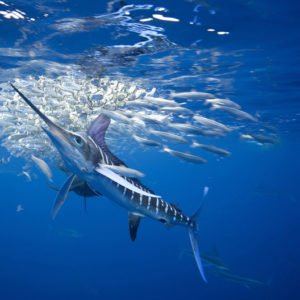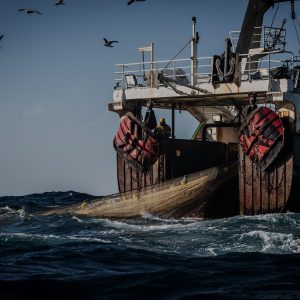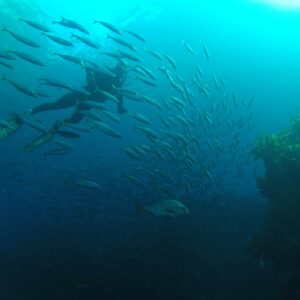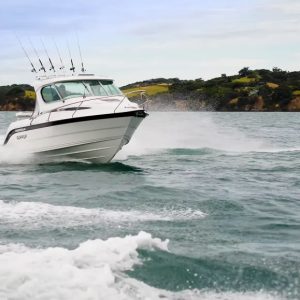
Save our Snapper

Save Our Snapper was launched in 2013 after the Ministry for Primary Industries put forward proposals for both large and unnecessary cuts to recreational snapper bag limits and proportional allocation of the available catch between recreational and commercial interests, all while ignoring the wastage caused by commercial bulk harvesting methods.
The Ministry’s proposals were part of the sustainability review for the Snapper 1 fishery that spans East Northland, through Auckland, down the Bay of Plenty to the top of the East Cape. This was the first review since 1997.
New sustainability targets had been put forward for the Snapper 1 fishery, and this was a positive move we advocated for. The prior targets were 20% (of unfished biomass – which is the total weight of fish that would be in the water if there was no fishing) and the new targets are 40%. What this basically means is that the fishery will be managed to provide more fish in the water. Big tick. In order to reach this target all fishing activity by all Kiwis – commercial and public – would need to be looked at.
The Ministry for Primary Industries put forward their proposals to manage the fishery into the future and quite frankly they were a shocker. Huge and unnecessary recreational bag limit cuts were put forward for ALL options, nothing in the proposal addressed commercial waste, and all options sought to introduce proportional share (our worst nightmare).
In November 2012 our fisheries management team from the New Zealand Sport Fishing Council put a Snapper 1 Policy forward to the Ministry, giving them perspectives and options from the recreational point of view. We did this on behalf of our LegaSea supporters and NZ Sport Fishing Council members (32,000 at the time).
Our fisheries management and marine research professionals crafted options to rebuild the fishery for the benefit of all, in a logical and reasoned manner (because that’s how we roll).
Firstly, we asked the Ministry to construct a management strategy for Snapper 1 to reach the 40% biomass goal.
Next, look at the area where the potential of the fishery was being held back – juvenile mortality. One of the issues facing the fishery was that not enough young fish were growing to be adult fish. Reducing the number of young fish being killed prematurely (by both commercial and recreational fishers) would enable these fish to grow and breed and build stocks. Addressing commercial waste (which is unmeasured and unreported) would have a big impact. We know this because of overseas reports and the nature of old trawl technology.
Third, in line with the law, the Fisheries Act 1996, adequately identify and “allow for” the social, cultural and economic interests of the people of New Zealand. We offered to initiate research and consultation with Kiwi fishers to see what measures would be voluntarily embraced to contribute to our conservation of the fishery.
In essence it called for a thoughtful and balanced approach to managing the fishery, working together.
If you add up all fish caught in New Zealand waters, commercial fishing accounts for over 90% of it so they’re certainly not hard done by.
Minister’s Snapper 1 decision
While the initial Ministry proposals were well wide of the mark the resulting Ministerial decision had some positive outcomes that would not have been reached without your support.
There is clear intent to monitor and reduce commercial waste (this will of course need effective implementation) but finally after nearly 30 years definite progress in this area with good potential gains for the fishery.
The Minister of Primary Industries, Nathan Guy, rejected the Ministry’s proposal to introduce proportional share – phew! A stave of execution, but this will come up again, no doubt about it.
A new allowance, an increase of 500 tonnes, provides for a large part of current public needs, righting the wrongs of the 1997 allowance. How this will change with population growth has yet to be revealed.
Many were disappointed with the reduction of the daily bag limit from 9 snapper to 7, because (according to the Ministry’s own reports) it will rebuild the fishery by less than the margin of error. It doesn’t make sense as an effective conservation measure, and it merely serves to placate the commercial sector.
The decision to increase the legal size for recreational fishers from 27cm to 30cm, which will reduce what fishers can keep, was received poorly by many, given the commercial legal size remained at 25cm.
So essentially the only action taken on the commercial sector was to clean up abhorrent waste (that was well overdue and is being half funded by tax-payer funds), while the people of New Zealand were once again adversely penalised with ever reducing bag limits.
The concern we have is that the continual rate of bag limit reductions over the last 20+ years will see our children and grandchildren reduced to 1 or 2 snapper. The commercial sector quota and profits are seemingly being protected. In 1986 commercial quota was 4710 tonnes and today it is still 4500 tonnes, meanwhile we’ve suffered bag limit decreases of over 70% during the same timeframe.
It’s important to remember that the reason the fishery was in a poor state to begin with was because of historic commercial overfishing. Our call is for balanced and fair decision making by the Minister and Ministry, and the decision had good aspects, but still ultimately penalised Kiwis and not the wastage caused by commercial fishing.
If you add up all fish caught in New Zealand waters, commercial fishing accounts for over 90% of it so they’re certainly not hard done by.
What was truly inspirational during the course of the SOS: Save Our Snapper campaign was the passion of people to stand up and fight for their rights. Kiwis from all different backgrounds and walks of life were unified by one thing – their love of the priceless experience that fishing provides them, their families and communities. Many recreational fishing businesses came to the fore with support, and this support continues to grow.
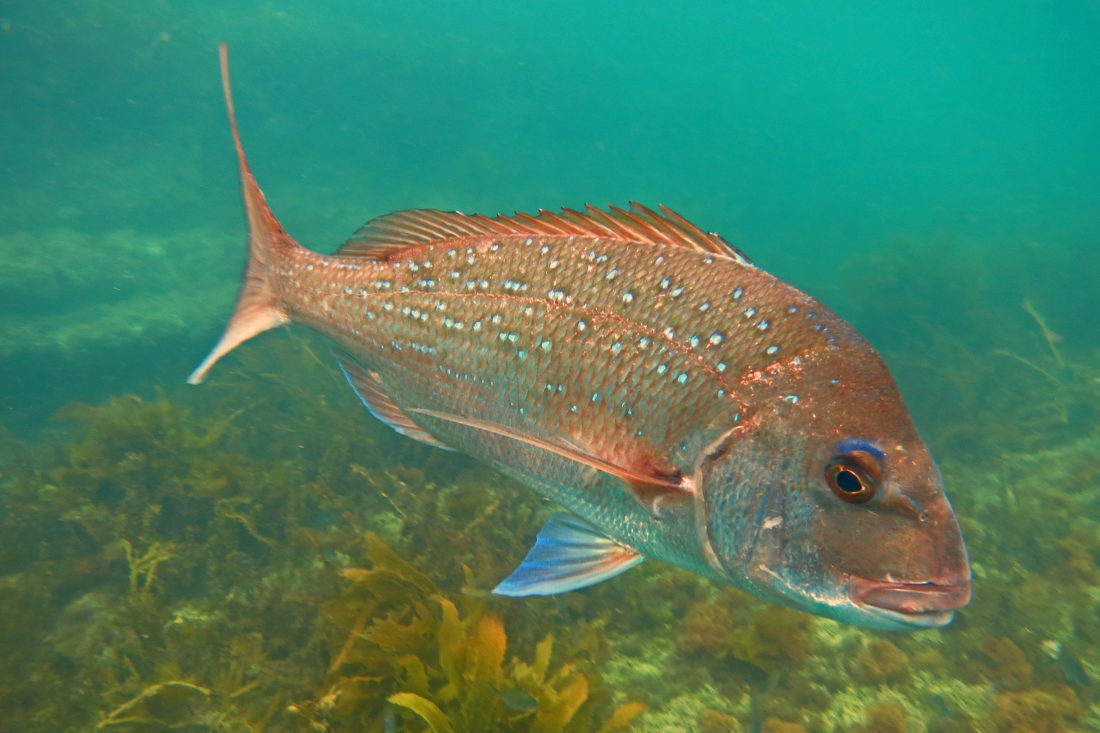
The most positive aspect of this has been showing the decision makers in industry and government, that we will rise up and fight poor management of our fisheries. There are many issues in our fisheries that need to be addressed and we’ve shown through our united action we’re not going to lie down and take it any more. This is just the beginning. Together we did make a difference to the outcome of snapper – the decision could have been much worse. Our public lobbying campaign had a very high media profile and this is something we will build on.
We’re up for the challenge, with your support we’re building our resources, and this is only the beginning.
As the public outreach brand of the New Zealand Sport Fishing Council we support and promote your interests for better management of our precious fisheries resources to ensure that there will be abundant fisheries for future generations of Kiwis. By making a modest monthly contribution of $10 or more (that’s two coffees or less than a bag of bait) we can apply the resources required to effectively lobby for better fisheries and management practices.
History



 49,400 submissions sent to the Minister
49,400 submissions sent to the Minister 380,000 emails sent to MPs
380,000 emails sent to MPs 16 years between reviews
16 years between reviews